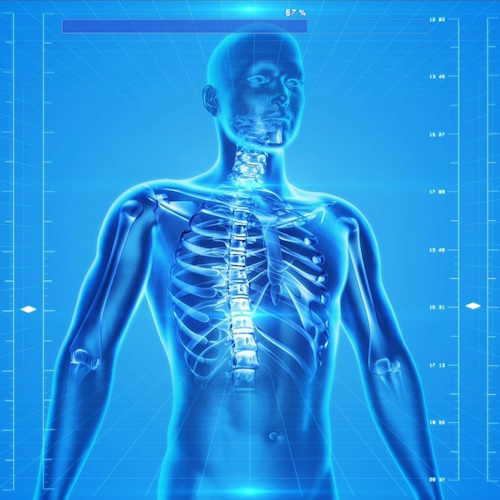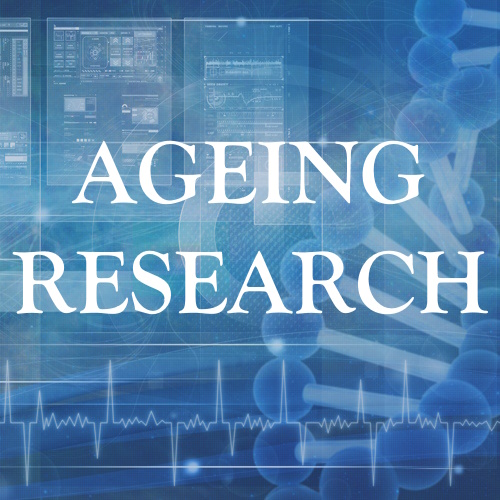Key points from article :
UCSD scientists studied aging in yeast using microfluidics and computer modeling.
Even cells made of the same genetic materials and within the same environment aged in strikingly distinct ways.
Half of the cells aged because of a gradual decline in the nucleolus.
Half aged because of a dysfunction of mitochondria.
Cells start down one path early in life, and continue with that aging route until they ultimately decline and die.
Identified the molecular processes underlying each aging route and the connections among them.
Able to optimize the process of aging, using computer simulations to reprogram the master circuit and modify its DNA.
Created a "novel aging route," with a dramatically extended lifespan - Nan Hao, senior author of the study.
Raises the possibility of rationally designing gene or chemical-based therapies to reprogram how human cells age.
They plan to test their model in complex cells, organisms, and eventually, humans.
Research published in the journal Science.







